Thank you for being interested in sustainable laboratory work!
We plan to bring you more great, green lab information in 2018! Please contact us at info@labconscious.com, if you would like us to share an environmentally friendly lab work idea with the Labconscious community.
Image copyright: Radisa Zivkovic
What would you do after retiring from a life long career in a field you loved? In April Blodgett’s case, she saw a way to give back by enabling science education and new avenues of research with her volunteer work as the “Pipetting Pigeon”.
Labconscious thanks April for the following interview and her sizable positive contribution to cost savings and waste diversion for life science! We hope her story will inspire biologists to find similar opportunities to conserve scientific resources.
Over the past year, Célia Algros took part in a project to discover microbial enzymes that could metabolize nucleosides in an internship at NEB. In an offshoot of this project, she also surveyed energy consumption, consumables, and waste generated to estimate the carbon cost of her E. coli transformations. The effort gave her a new appreciation for both the complexity of calculating carbon footprints and the sizable environmental impact of experiments.
Biologists often collaborate with non-scientists to improve environmental footprints. Events and spaces that remind us of our place in nature are a great way to connect everyone in a school or workplace to sustainability goals. Megan Williams, was a Research and Core Team Technician in the School of Cardiovascular and Metabolic Medicine & Sciences at Kings College London, when she saw an empty outdoor space on her urban campus and envisioned a community garden for fellow biologists, students, staff, and campus workers.
You might be skeptical looking at plastic recycling in the lab and you probably should be. The expectation is that carefully sorted non-contaminated recycling collections will be remanufactured into products that will lower the demand for fossil fuel-based plastic. Unfortunately, according to the report, The Real Truth About the U.S. Plastics Recycling Rate, the conversion of plastic recycling collections into new materials, known as source reduction, has failed. Mixed plastic collections are especially at risk.
Good science can go further with lab changes that drive down costs. The problem is that biologists asked to cut overhead costs in biotech or pharma lab work may not know where to begin. A nice overview of universal approaches to improving lab sustainability was shared with Labconscious by Steve Miller from Lab ReNew.
Solutions for changing climates are in demand for agriculture, carbon dioxide removal, methane abatement, health impacts, and many more areas. There is funding available. What’s holding biotech back? Talented scientists often don’t know where to find funding and how to communicate their projects to investors in a compelling way.
Drosophila is strongly associated with scientific discovery, but this model organism also represents practical advantages for sustainability from research to industry. When you look at the field you can’t help being impressed by the resources conserved by the approach.
Biologists should be aware of two trends related to this update from My Green Lab. First, lab sustainability accreditations have emerged as requirements in research grant funding policies, and second, government regulators have raised the bar across the board for green claims and certifications to overcome a loss in public trust.
It’s always exciting when a maverick hits the mark. The first polylactic acid (PLA) Petri dish product is a one-to-one replacement for labs using fossil fuel-based plastic plates for cell culture. The maker, a small privately owned company called Diversified Biotech, Inc., collaborated with researchers from Brandeis University to develop it. Fostering eco-justice with a simple swap sounds good, but could this specialized PLA material even improve cell culture?



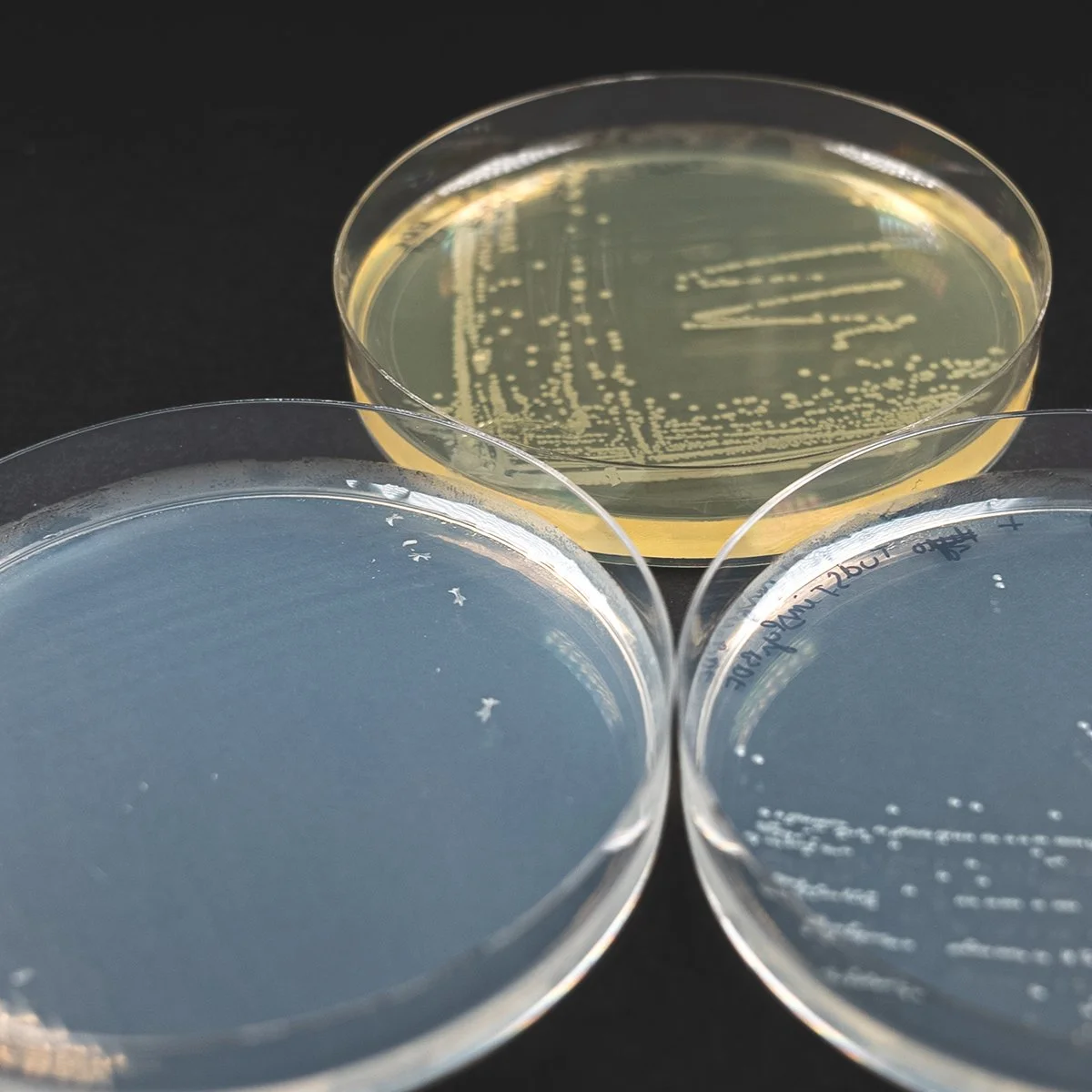


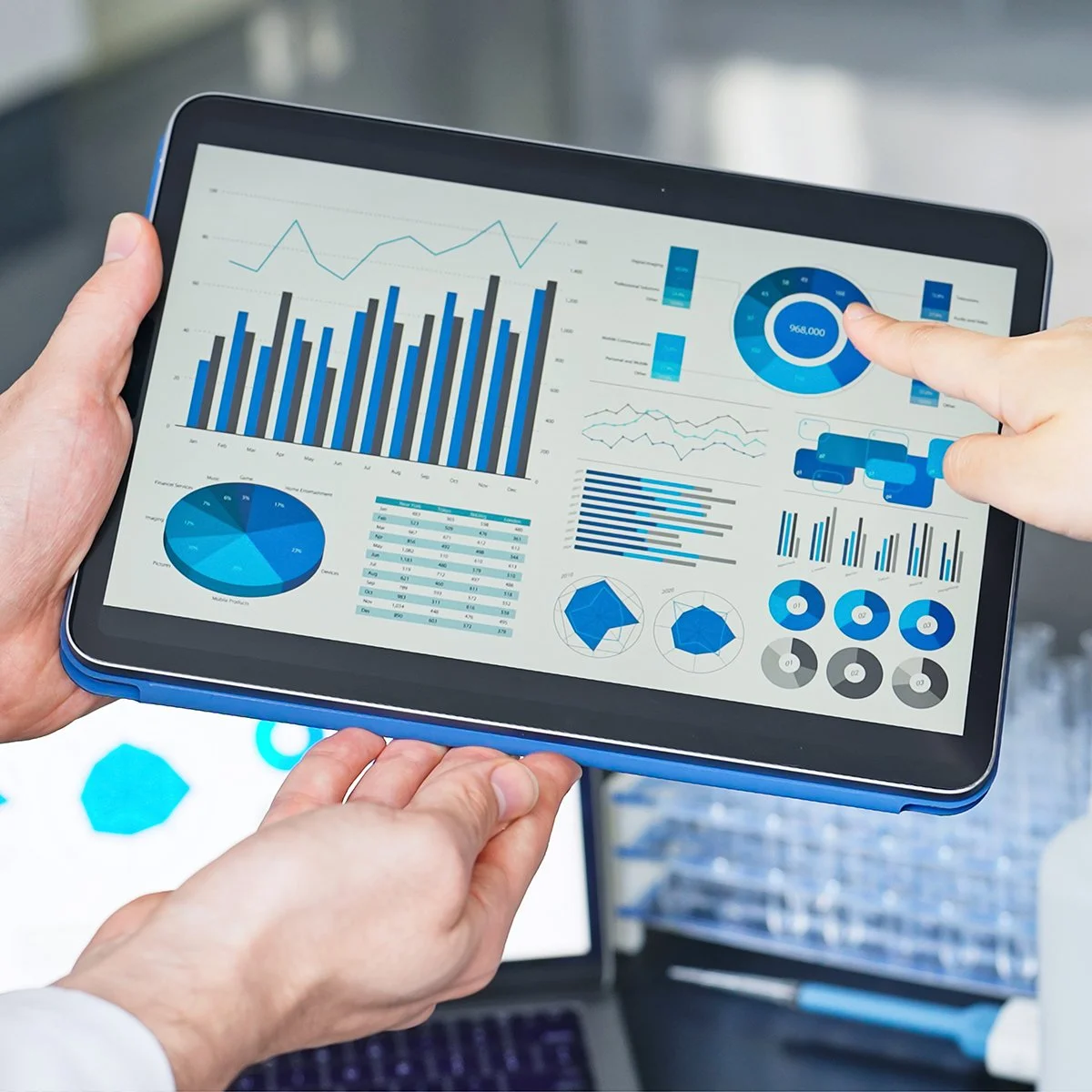
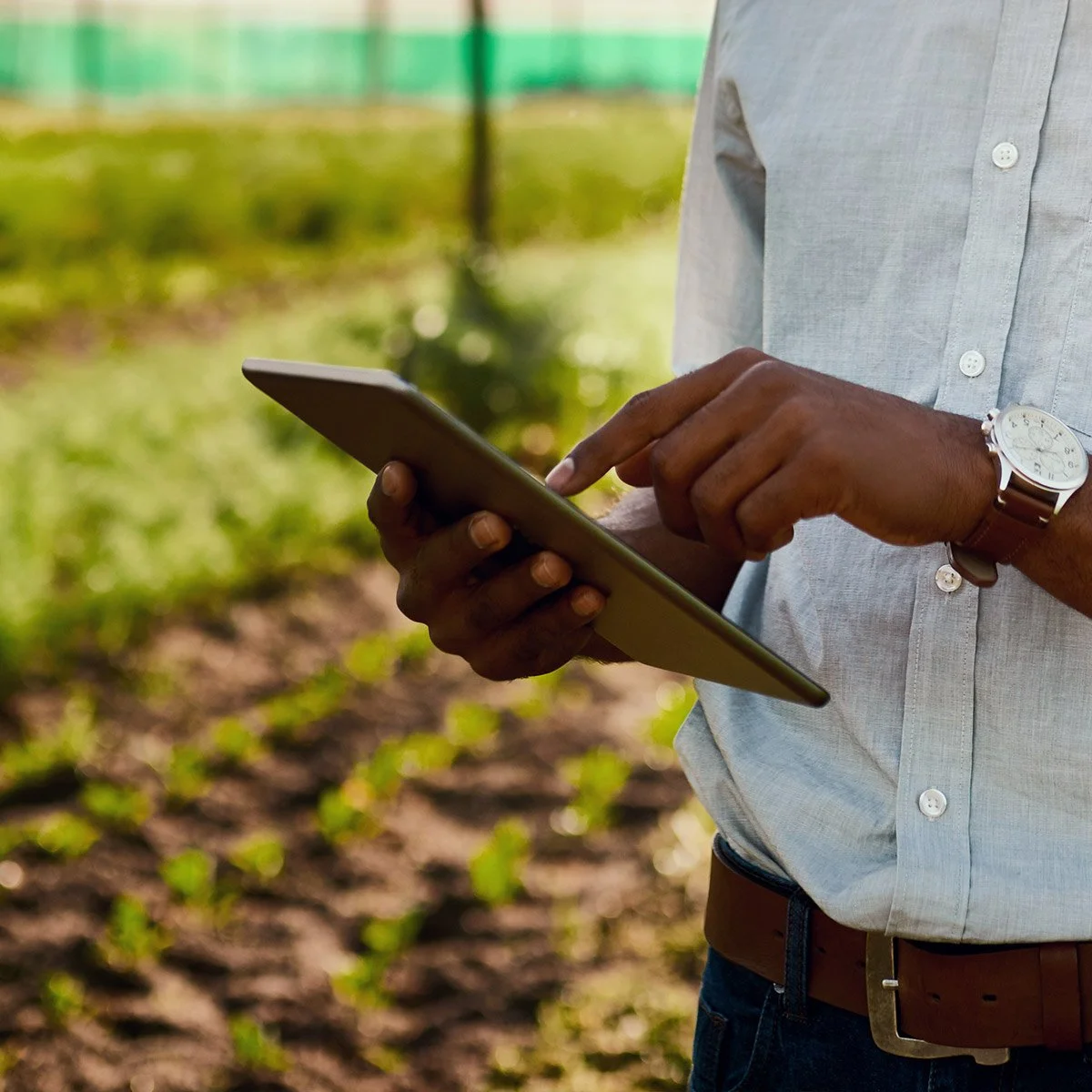
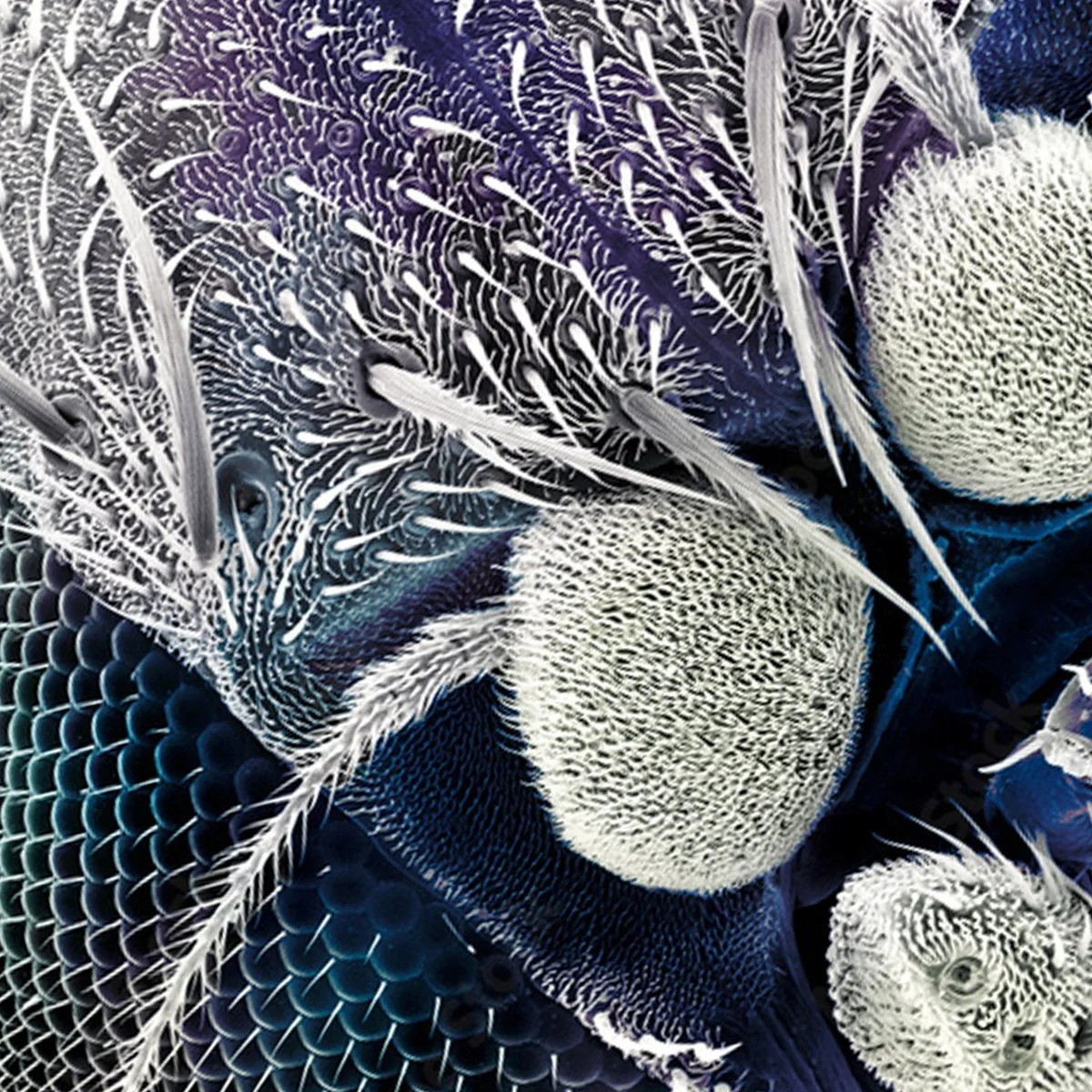
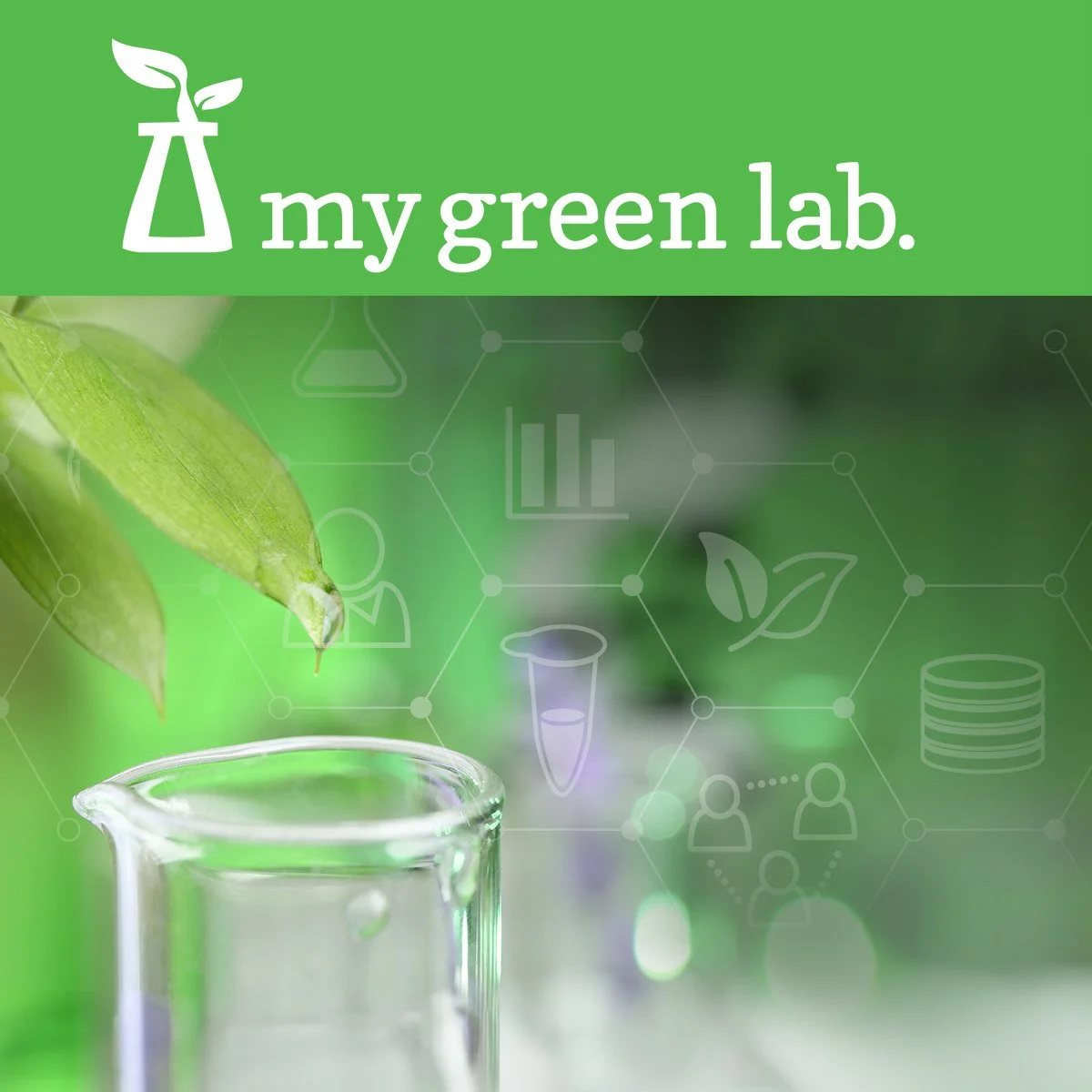
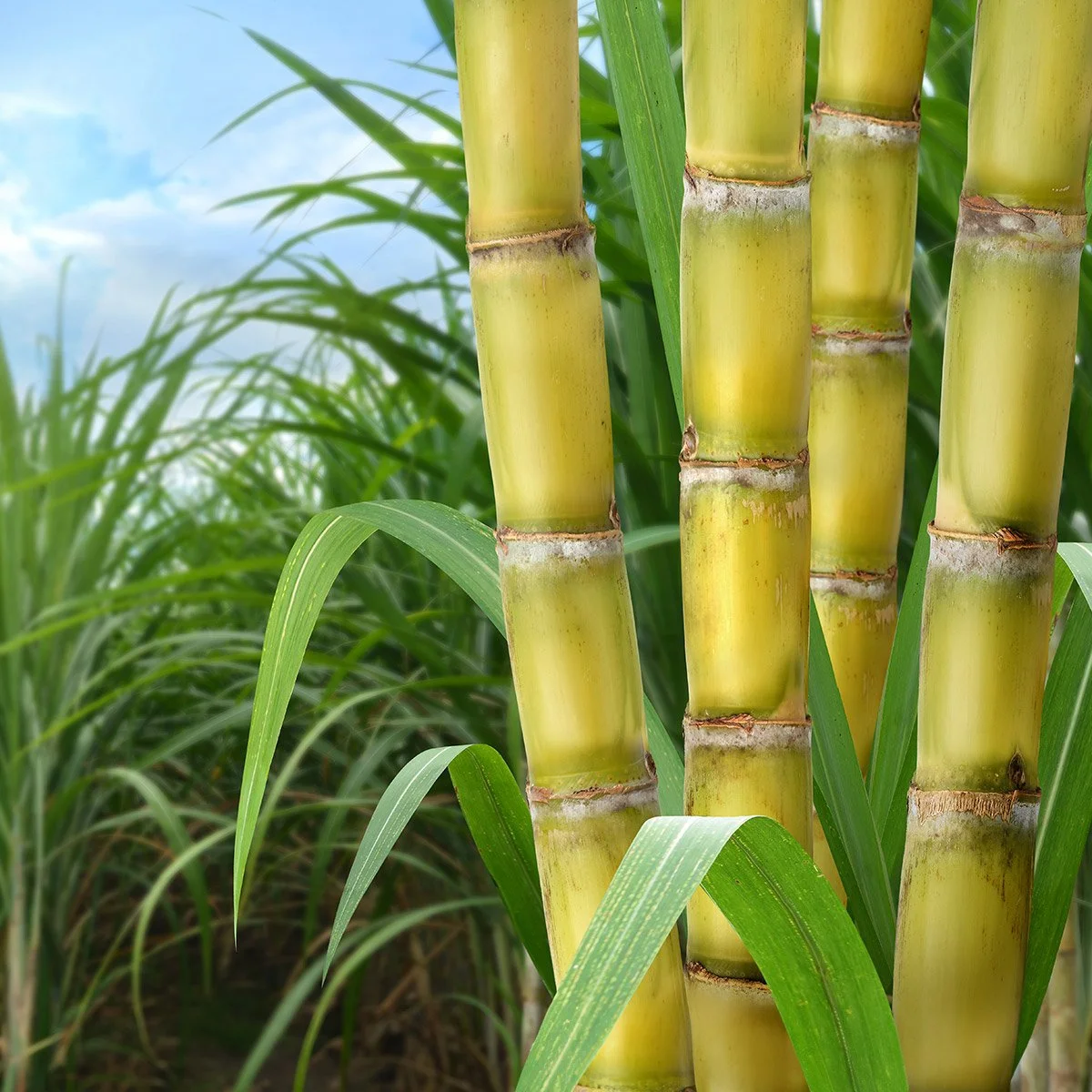
Lab sustainability certification programs are learning tools to help scientists identify changes that will reduce environmental impacts and conserve resources. A key feature of these programs is that they can help research institutions reach sustainability goals without undermining the autonomy of academic lab teams. The catch is that only a minority of labs volunteer to participate. This month, I’m summarizing two recent studies that examined scientists’ perceptions of the benefits and pitfalls of using common programs and offered suggestions on how to improve them.